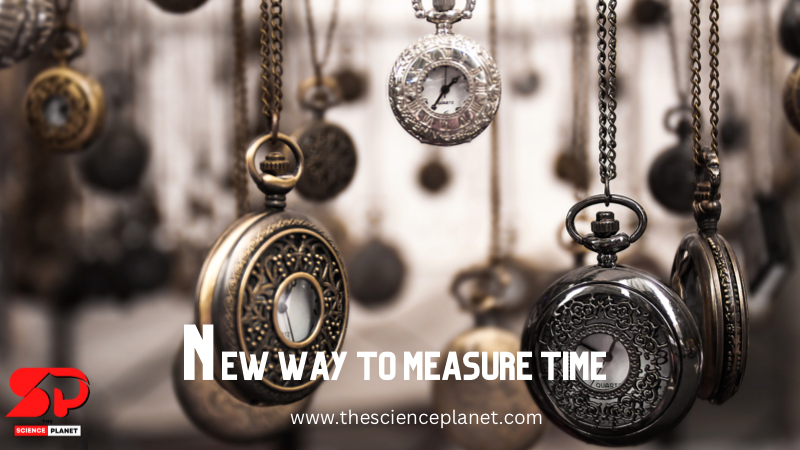Counting the number of seconds that have passed from “then” and “now” is an easy way to figure out how much time has passed in our world, which is full of winding clocks and swinging pendulums.
On the other hand, “then” cannot always be predicted when working at the quantum scale, where electrons are buzzing. Even worse, the concept of “now” frequently becomes clouded with ambiguity. There are some circumstances in which using a stopwatch is simply not going to be possible.
According to the findings of a study that was conducted in 2022 by academics from Uppsala University in Sweden, a potential answer could be discovered in the very form of the quantum fog itself.
Investigation into theories of measurement of time.
Their investigations into the wave-like characteristics of a phenomenon known as a Rydberg state led them to the discovery of an innovative approach of measuring time that does not demand a specific initiation point.
When it comes to the realm of particles, Rydberg atoms are like over-inflated balloons. These atoms are puffed up with lasers rather than air, and their electrons are in extremely high energy states, orbiting a great distance from the nucleus.
Obviously, not every pump of a laser needs to make an atom into a ridiculously oversized cartoon character. In point of fact, lasers are utilised on a regular basis for a wide variety of purposes in order to coax electrons into higher energy states.
A second laser can be employed in certain applications to monitor the changes in the position of an electron over time as well as other factors, such as the passage of time. These ‘pump-probe’ approaches can be utilised, for example, to measure the speed of specific ultrafast electronics.
Physicist Marta Berholts from the University of Uppsala in Sweden, who led the team, explained to ‘New Scientist’ in 2022 : “If you’re using a counter, you have to define zero. You start counting at some point, The benefit of this is that you don’t have to start the clock – you just look at the interference structure and say ‘okay, it’s been 4 nanoseconds.”
Some types of pump-probe spectroscopy that measure events on a tiny scale can benefit from a handbook of evolving Rydberg wave packets when the timing is not optimal for either the measurement or interpretation of the events.
What’s more, none of the fingerprints necessitate a beginning and end point in time in order to function properly. It would be like comparing the speed of an unknown sprinter to a group of people all running at the same pace.
Technicians can observe a timestamp for occurrences as brief as 1.7 teraseconds by searching for the signature of interfering Rydberg states among a sample of pump-probe atoms.
In order to make the time stamping guidebook more flexible, future quantum watch experiments may use other atoms in place of helium or employ laser pulses of varying intensities.
This research was published in Physical Research Review.

